Gaiwan Tea Ware Facts
A gaiwan is a type of Chinese Tea ware that consists of a lid, a saucer, and a bowl. It is also known as the “Three Talents Bowl” or “Three Talents Cup,” with the lid representing heaven, the saucer representing earth, and the bowl representing humanity, symbolizing harmony between heaven, earth, and mankind.
The gaiwan is made up of three parts: the tea lid, the tea saucer, and the tea bowl. Philosophically speaking, the tea lid represents heaven, the tea saucer represents earth, and the tea bowl represents humanity. This small tea set embodies a tiny universe, containing the ancient wisdom of “heaven covers, earth supports, and humans cultivate.”
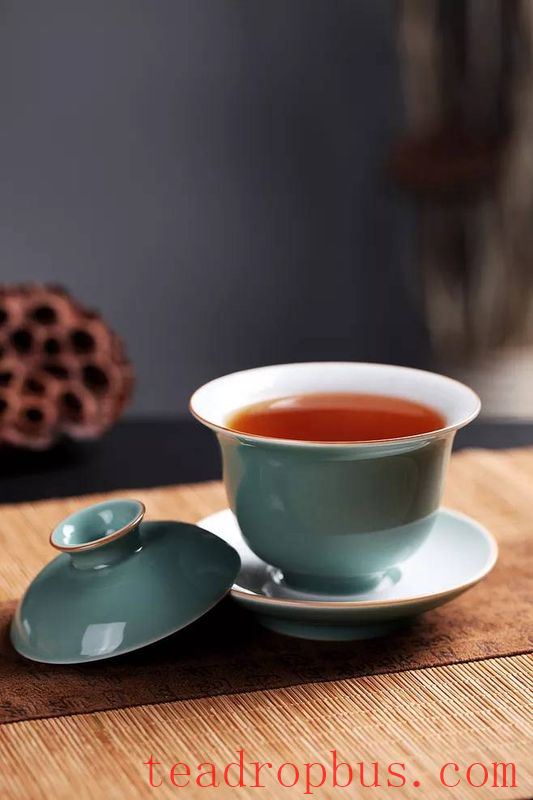
The popularity of using gaiwans began during the Qing Yongzheng period. The prototype of the gaiwan appeared in the Tang Dynasty and continued to evolve until it reached its current form in the Qing Dynasty—the modern gaiwan, consisting of a cup, a lid, and a saucer.
Tea enthusiasts have various preferences when it comes to their choice of tea brewing tools. Some prefer using gaiwans, while others opt for purple clay Teapots. Those who enjoy Drinking Tea from a gaiwan might suggest their friends who use purple clay teapots switch to a gaiwan, not because there's anything wrong with using a purple clay teapot, but because they believe that the right gaiwan can better bring out the flavor of the tea.
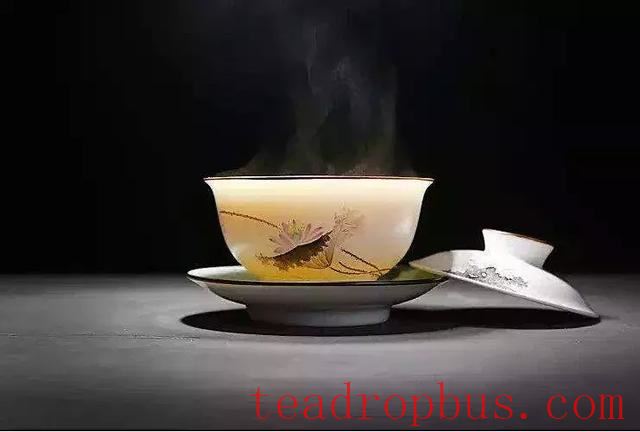
The gaiwan is often referred to by tea enthusiasts as the “universal tea ware,” suitable for brewing all types of tea. Its only downside might be that using a gaiwan can sometimes result in burns, especially if not handled properly. If you notice a fellow tea enthusiast avoiding the use of a gaiwan, this could be the reason!
To prepare gaiwan tea, rinse the bowl with boiling water first, then add the tea leaves and pour in hot water, cover with the lid, and let it steep. The steeping time varies depending on the quantity and type of tea, ranging from about 20 seconds to 3 minutes.
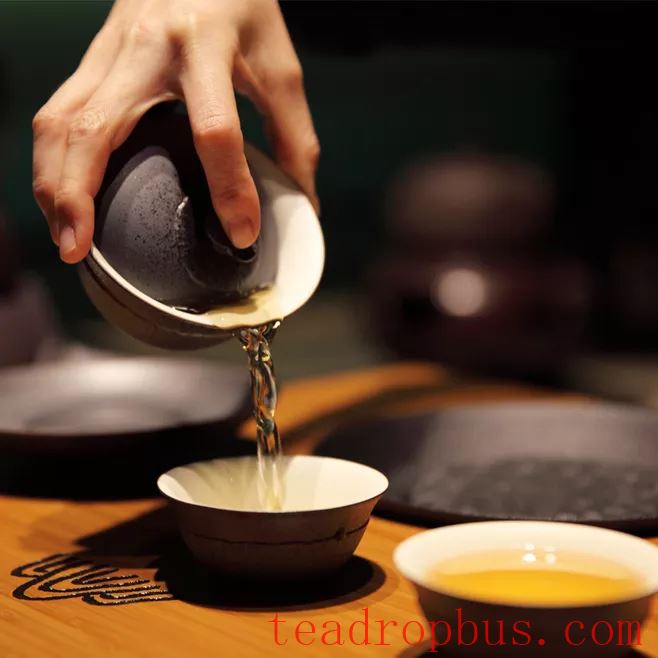
Some tea enthusiasts struggle with controlling the gaiwan. However, mastering the gaiwan isn't too difficult, provided you choose the right one. After placing the tea leaves in the gaiwan, pour just enough water to cover them. This is crucial; don't overfill. Some people tend to fill the gaiwan to the brim with water, which inevitably results in burns and affects the taste of the tea by making it too diluted.
The most important aspect is how you handle the gaiwan. Your technique is key. If your grip on the gaiwan is incorrect, getting burned is common. Therefore, proper handling is essential for using a gaiwan effectively.
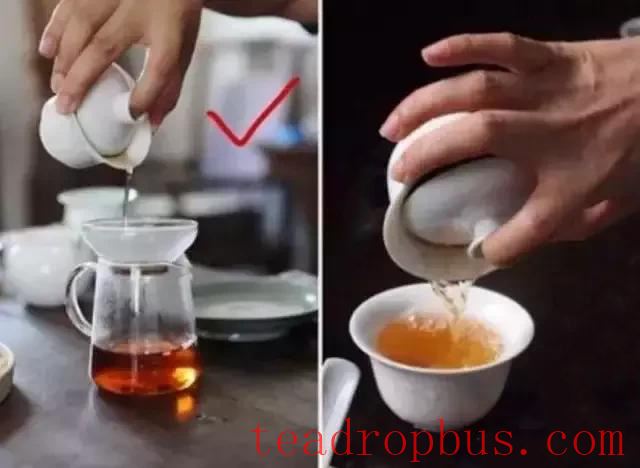
The above comparison of two different handling techniques illustrates this point. In the left image, the gaiwan is held straight, allowing the tea to flow smoothly into the pitcher without touching the hand. In contrast, the gaiwan in the right image is held at an angle, causing the tea to spill and increasing the risk of burns. Everyone knows that stopping during pouring can affect the taste of the tea.
1. Adjust the gap between the lid and the rim for pouring, especially when no strainer is used.

2. This action determines whether you get burned or not. Try lifting the gaiwan rather than picking it up by the lid. Getting burned is quite normal.
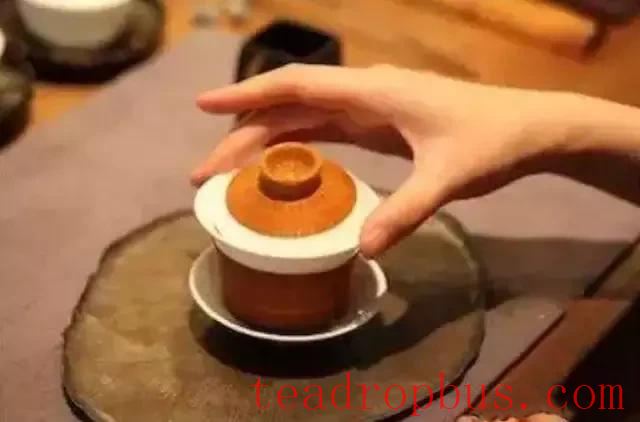
3. The index finger can be curved or straight, depending on what feels comfortable for each individual's hand shape.
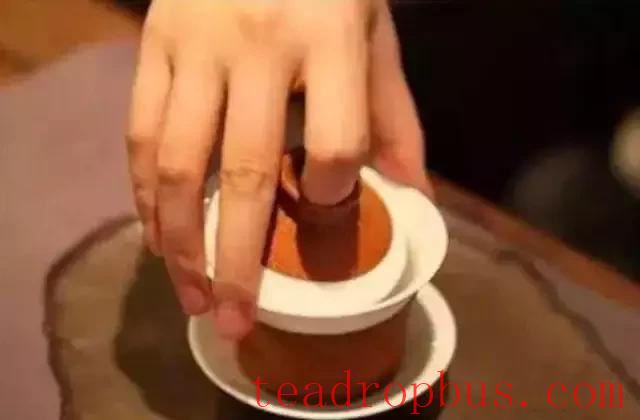
4. Pour smoothly and naturally, turning the wrist gently, with shoulders relaxed and elbows lowered, similar to the fluid movements in Tai Chi.

Liking tea and truly understanding it are two different things. Liking tea doesn't necessarily mean you understand it. If you love tea, make sure you know how to select and buy the right tea and how to brew and drink it correctly. Drinking tea shouldn't be a blind preference; when you understand tea, tea will understand you in return.
If there is any infringement, please contact us for deletion.